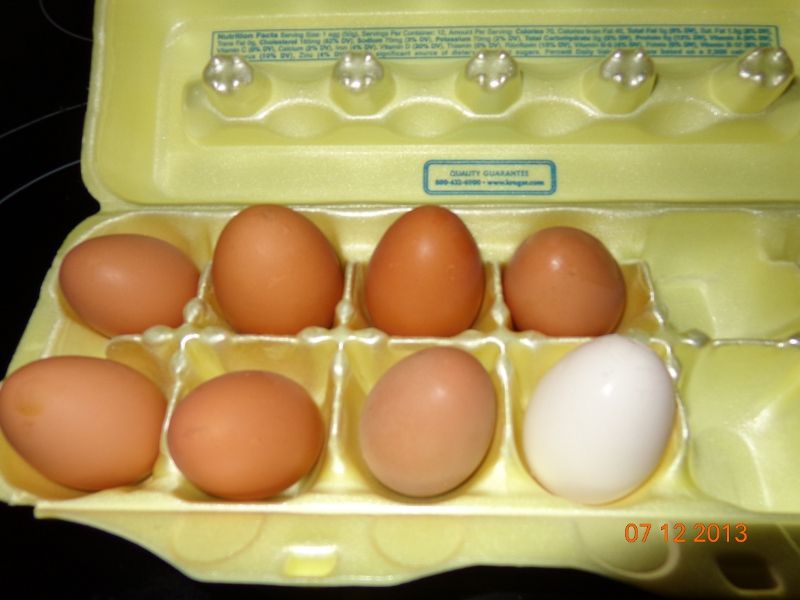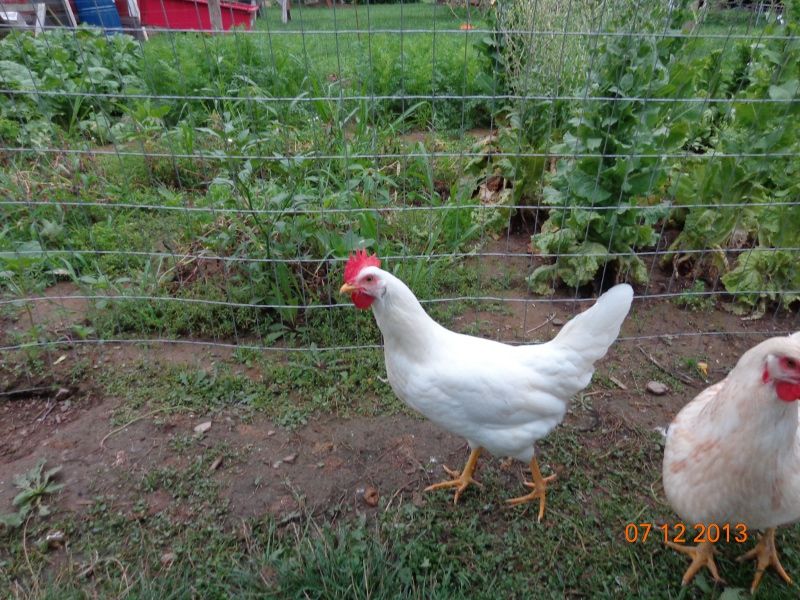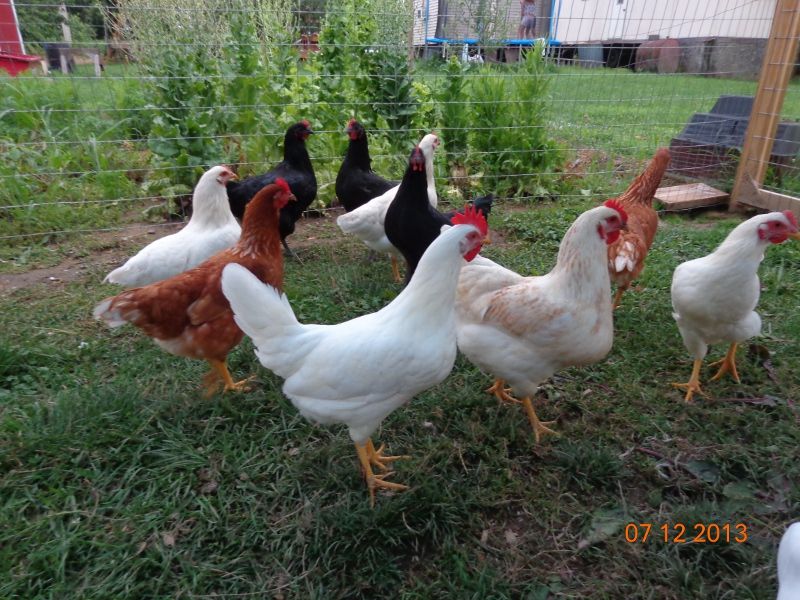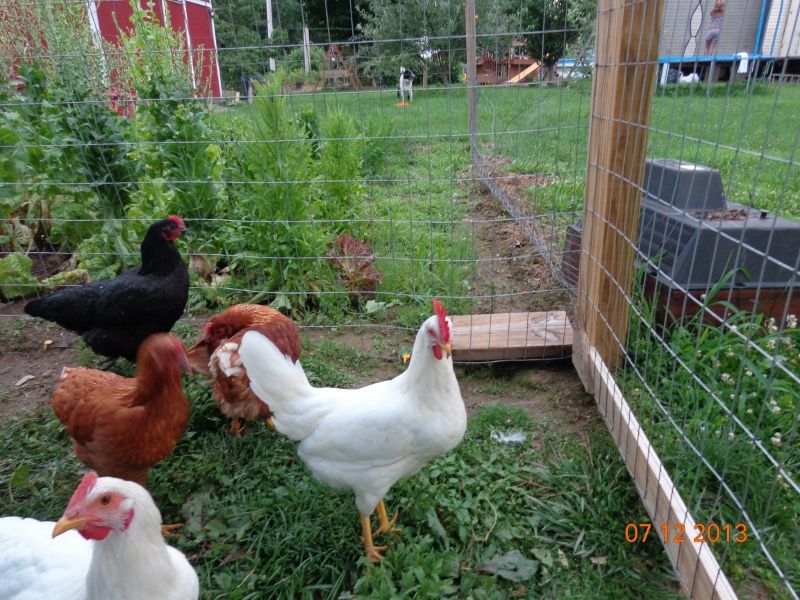Chickie'sMomaInNH
Garden Master
that's what i was thinking too when i read it and the color being white. i thought that an amberlink or golden comet that turns white ends up being a male. and don't they have a reputation for 'turning' male if there isn't one around or something happens internally?  maybe i'm getting the breed wrong.
maybe i'm getting the breed wrong.





